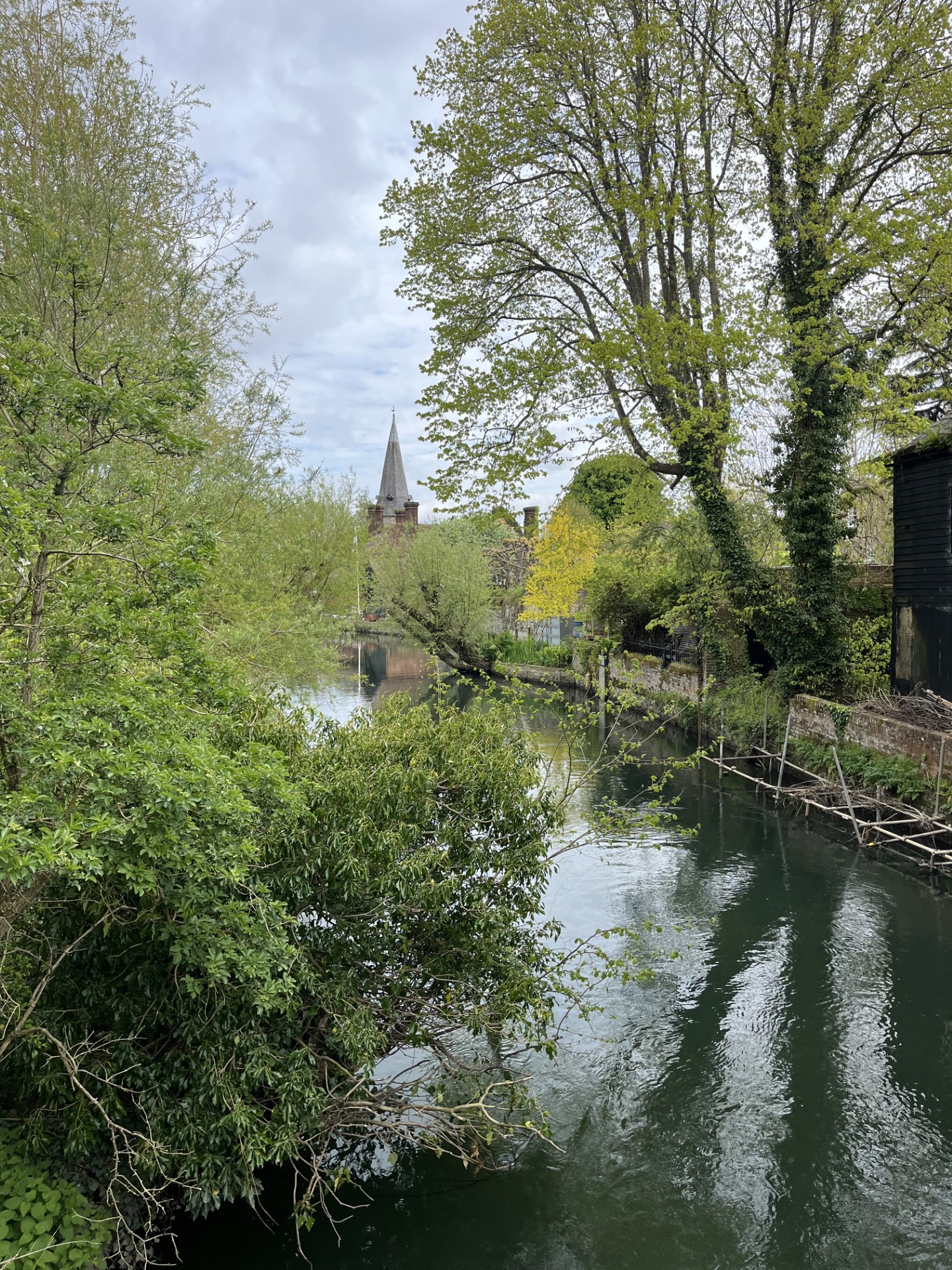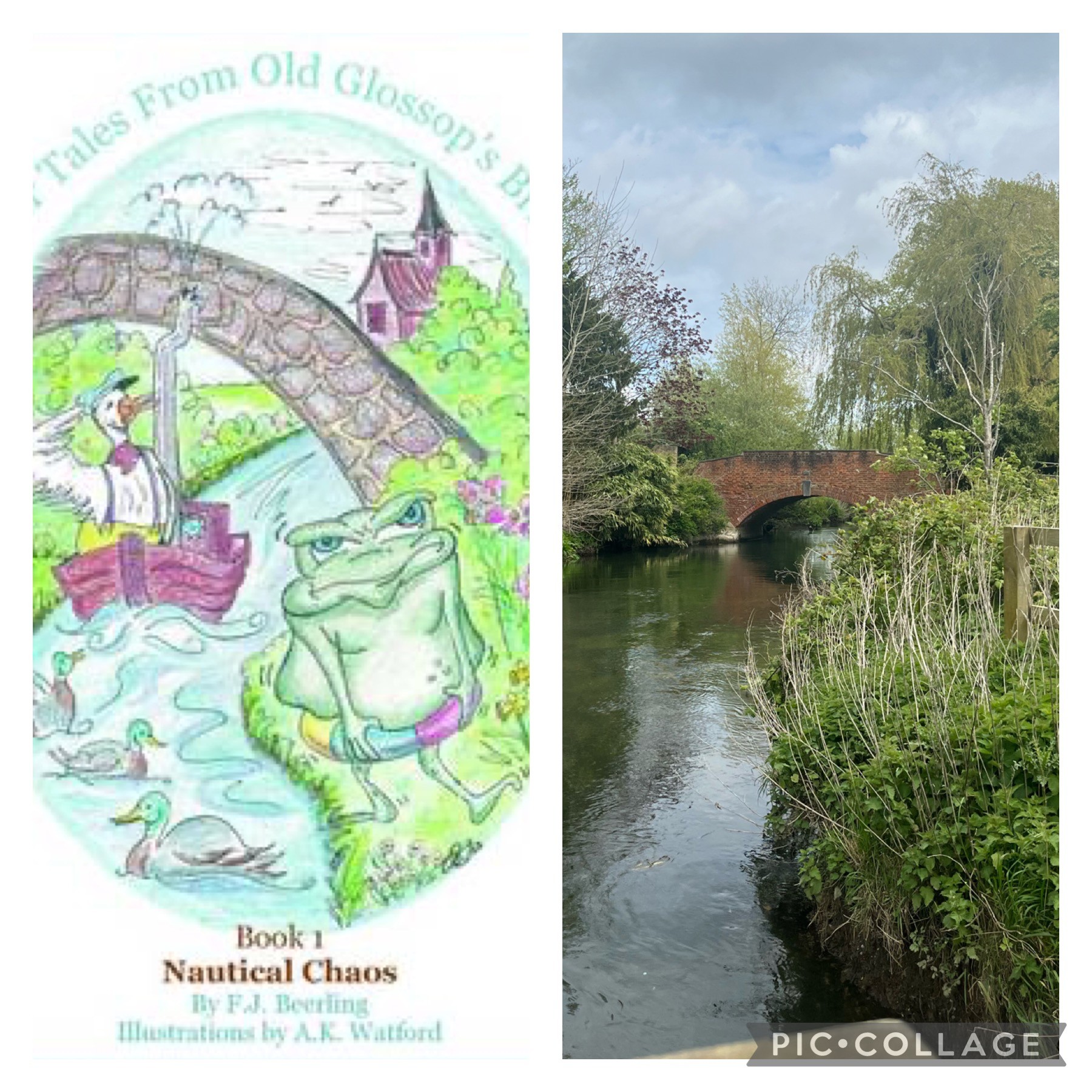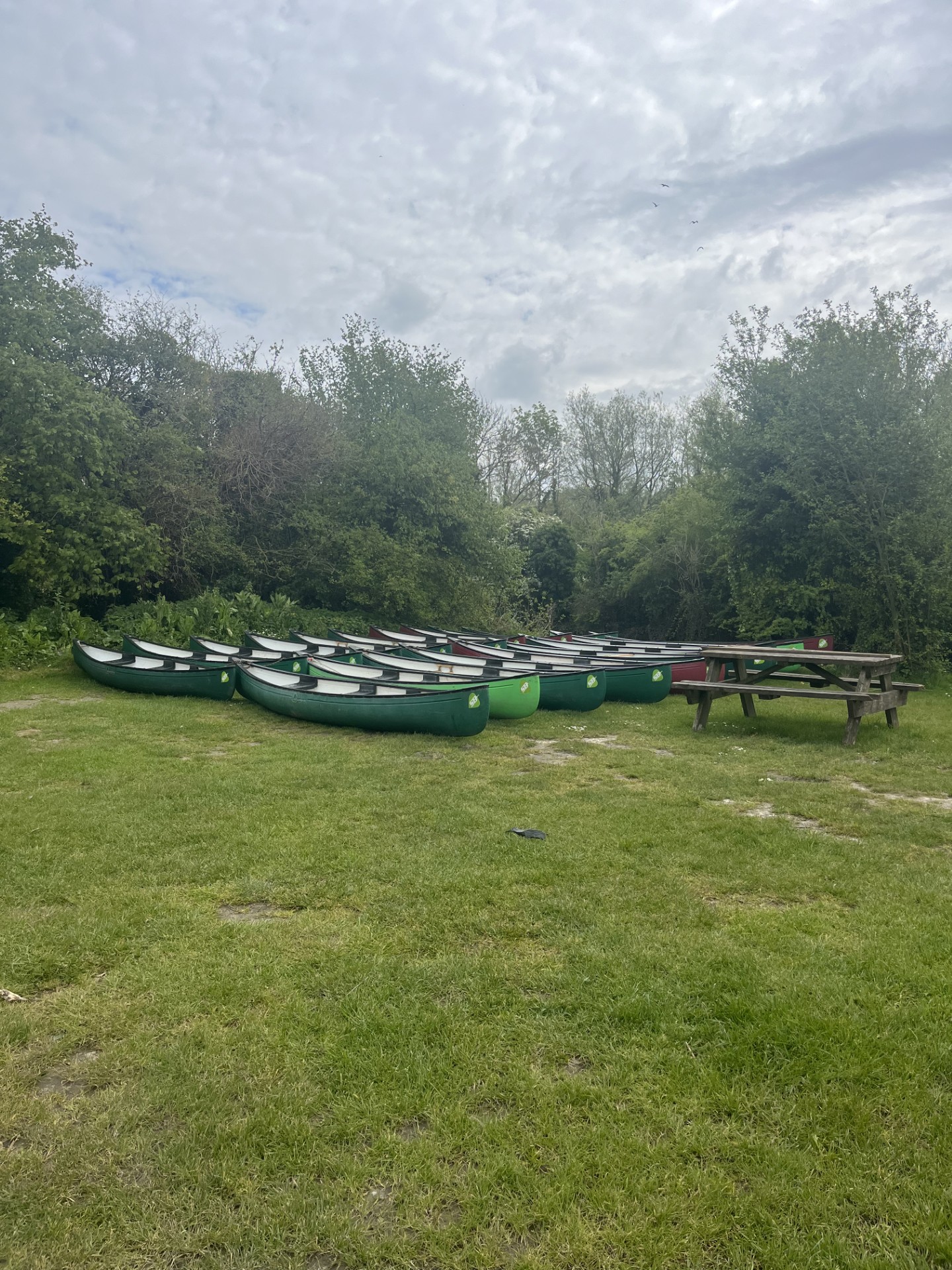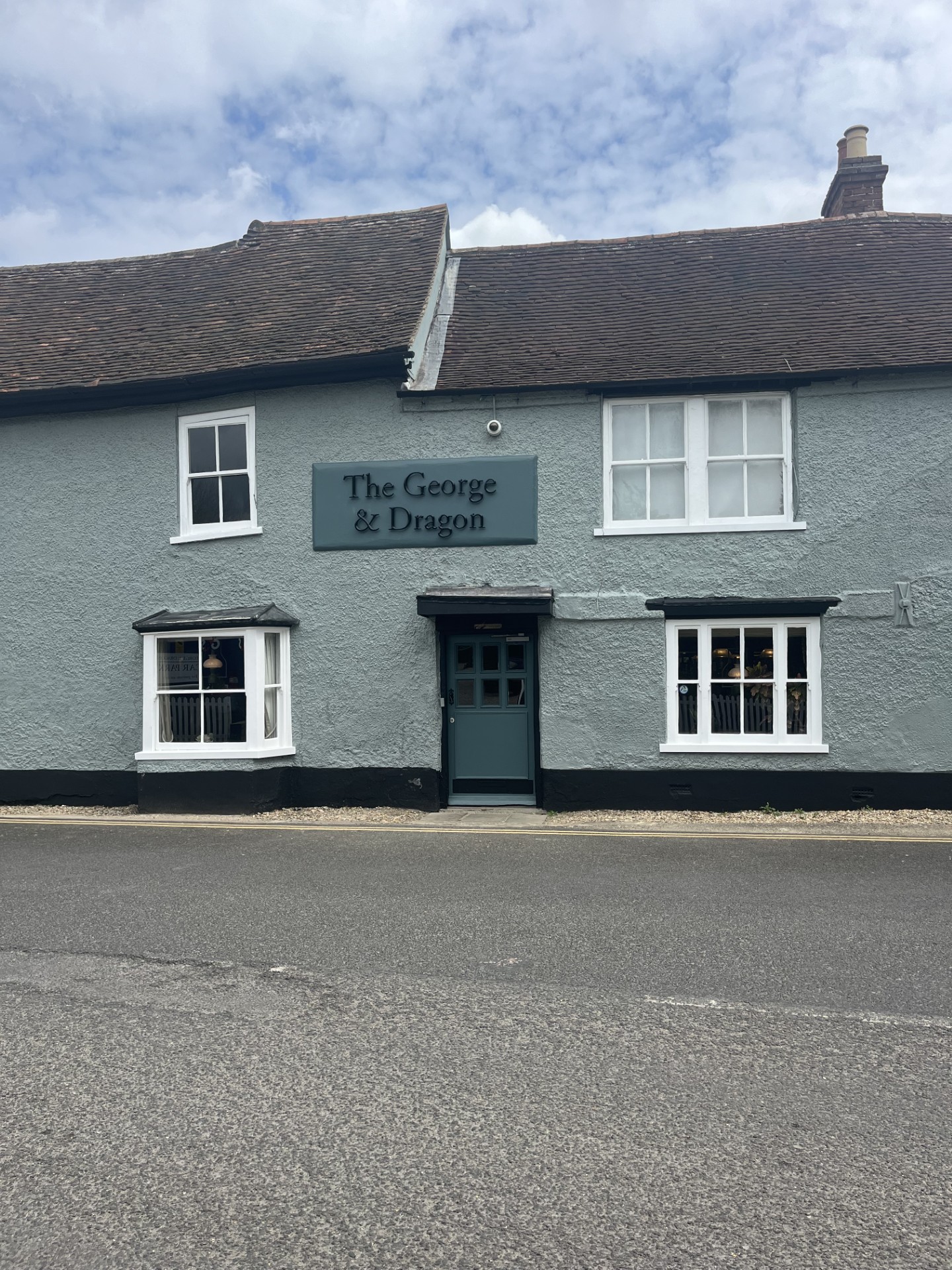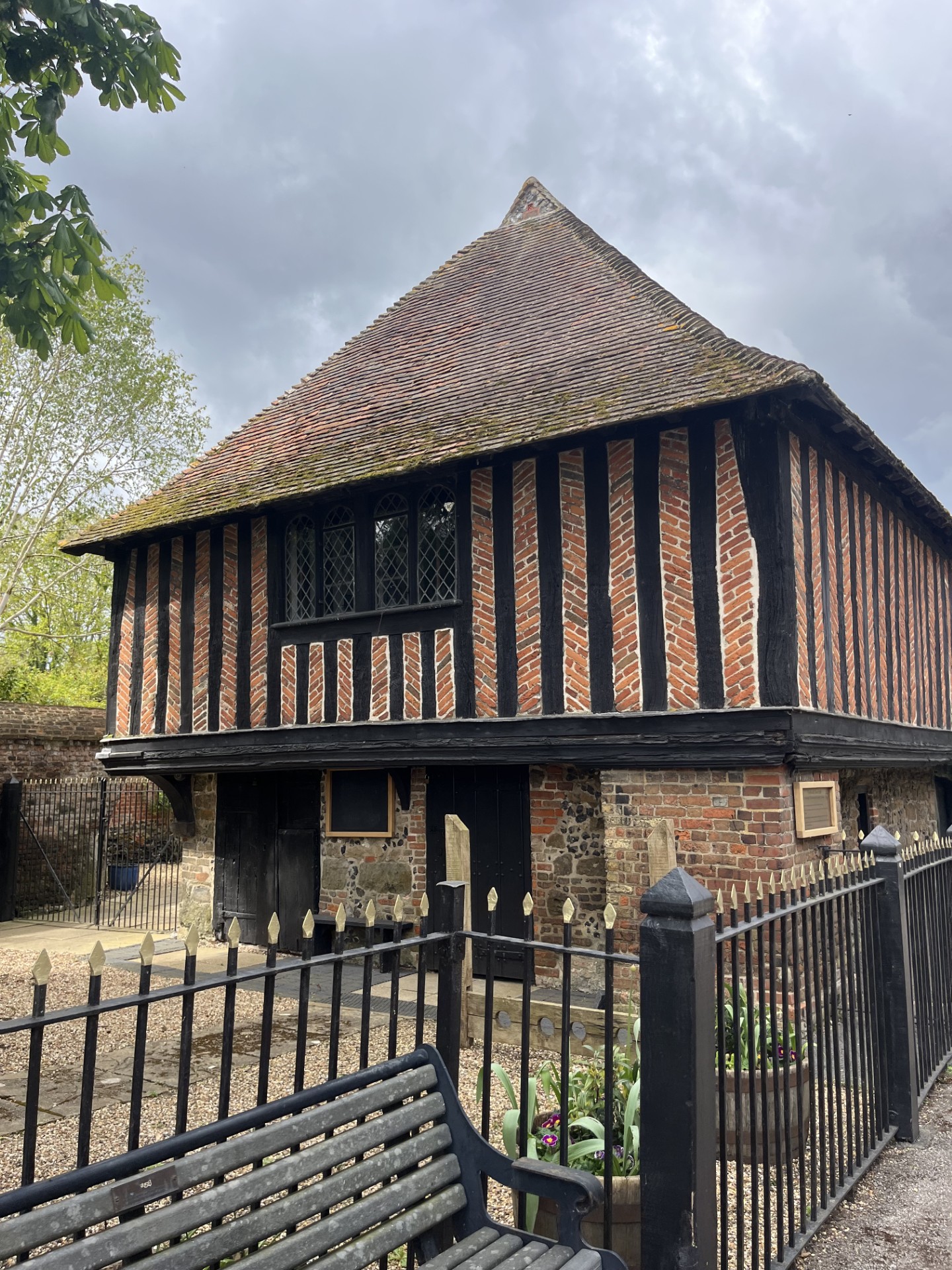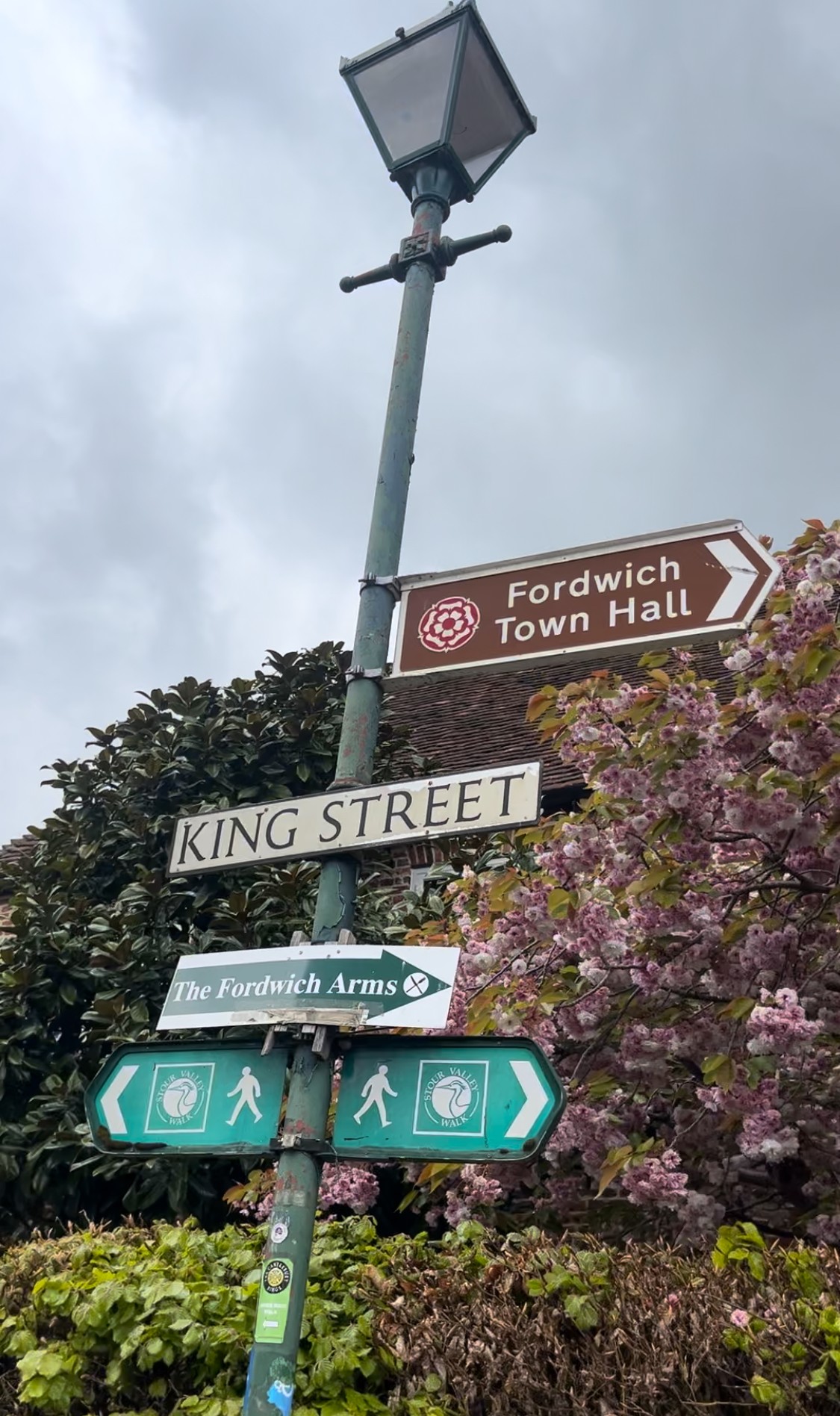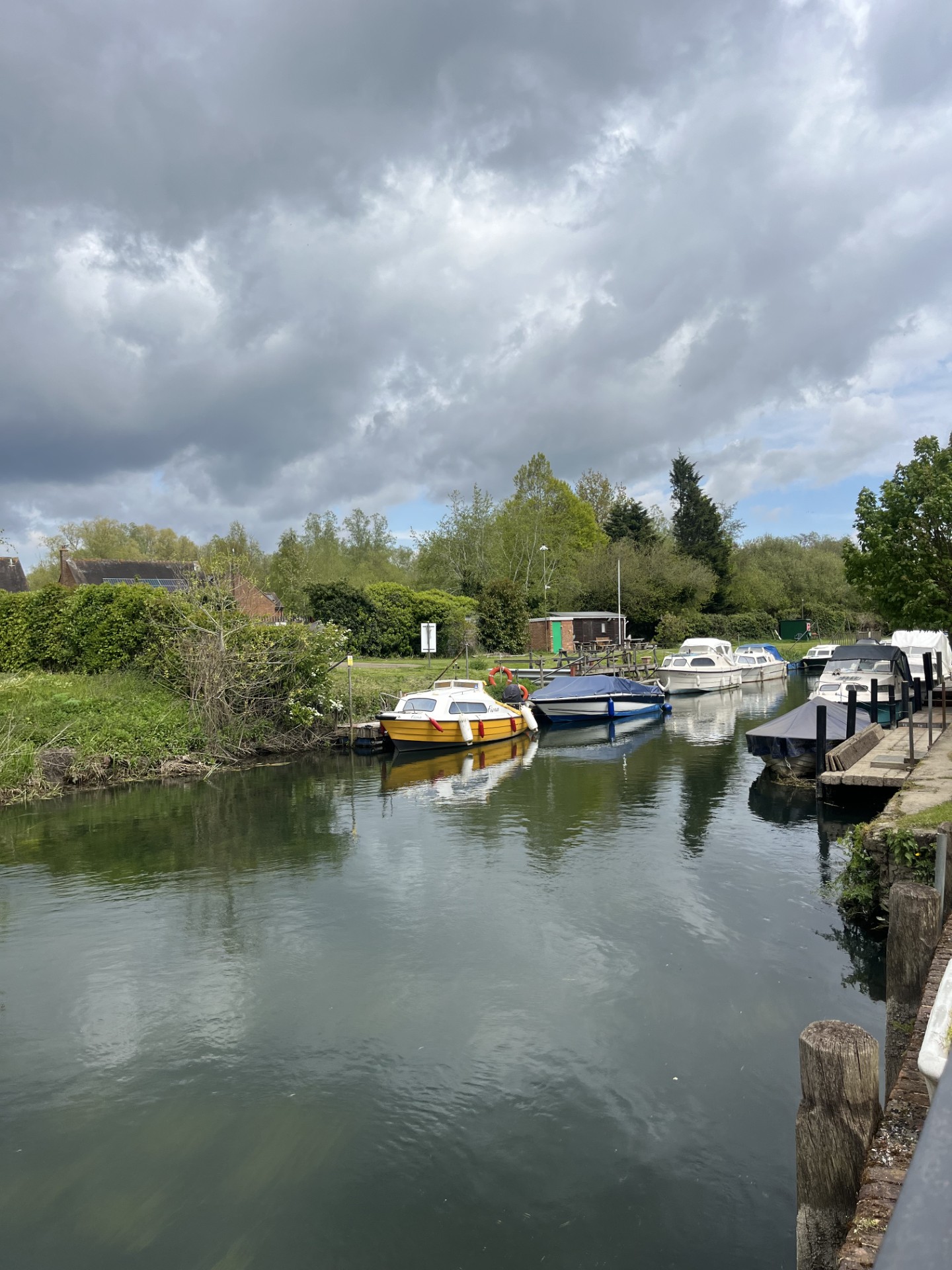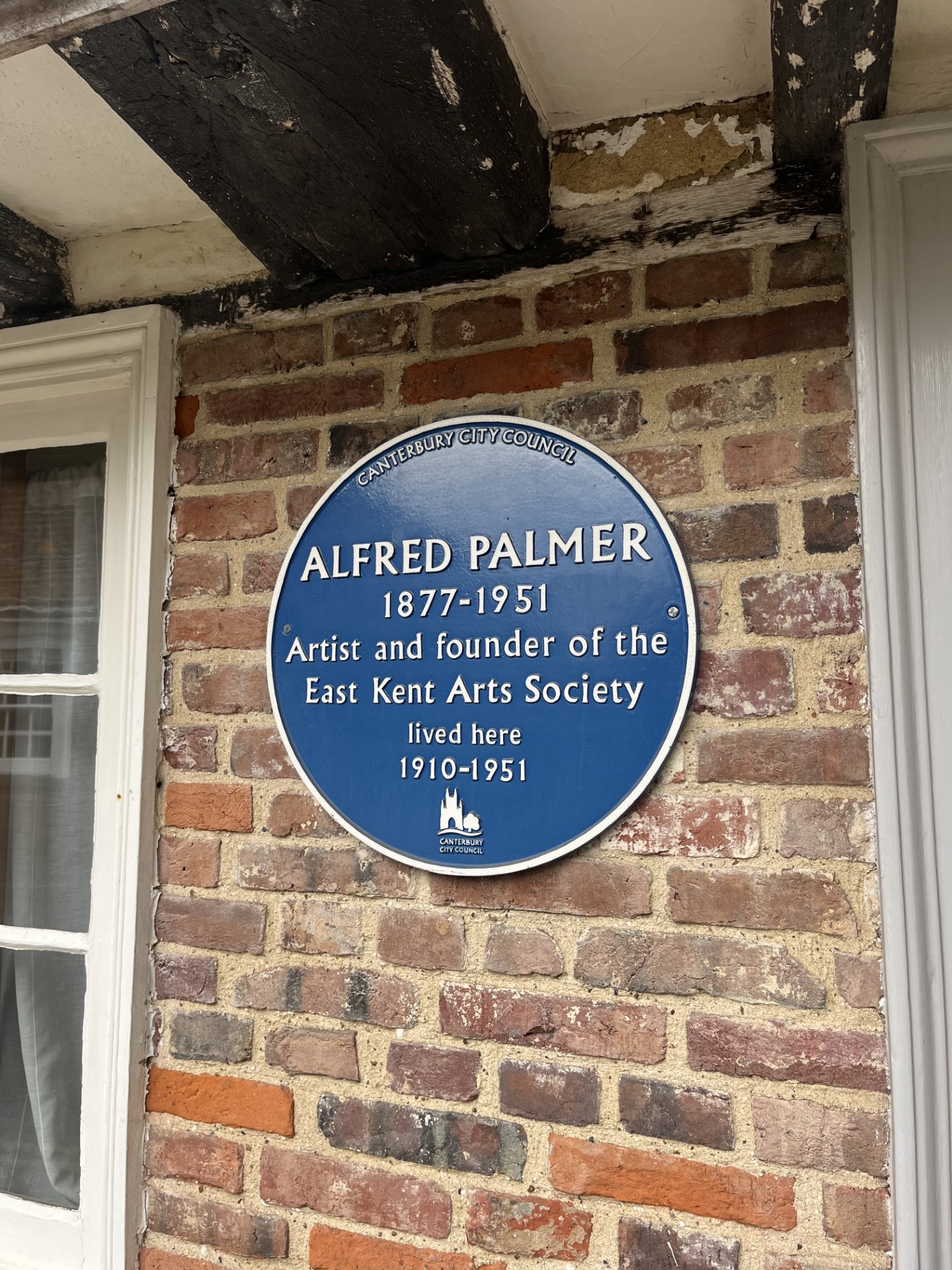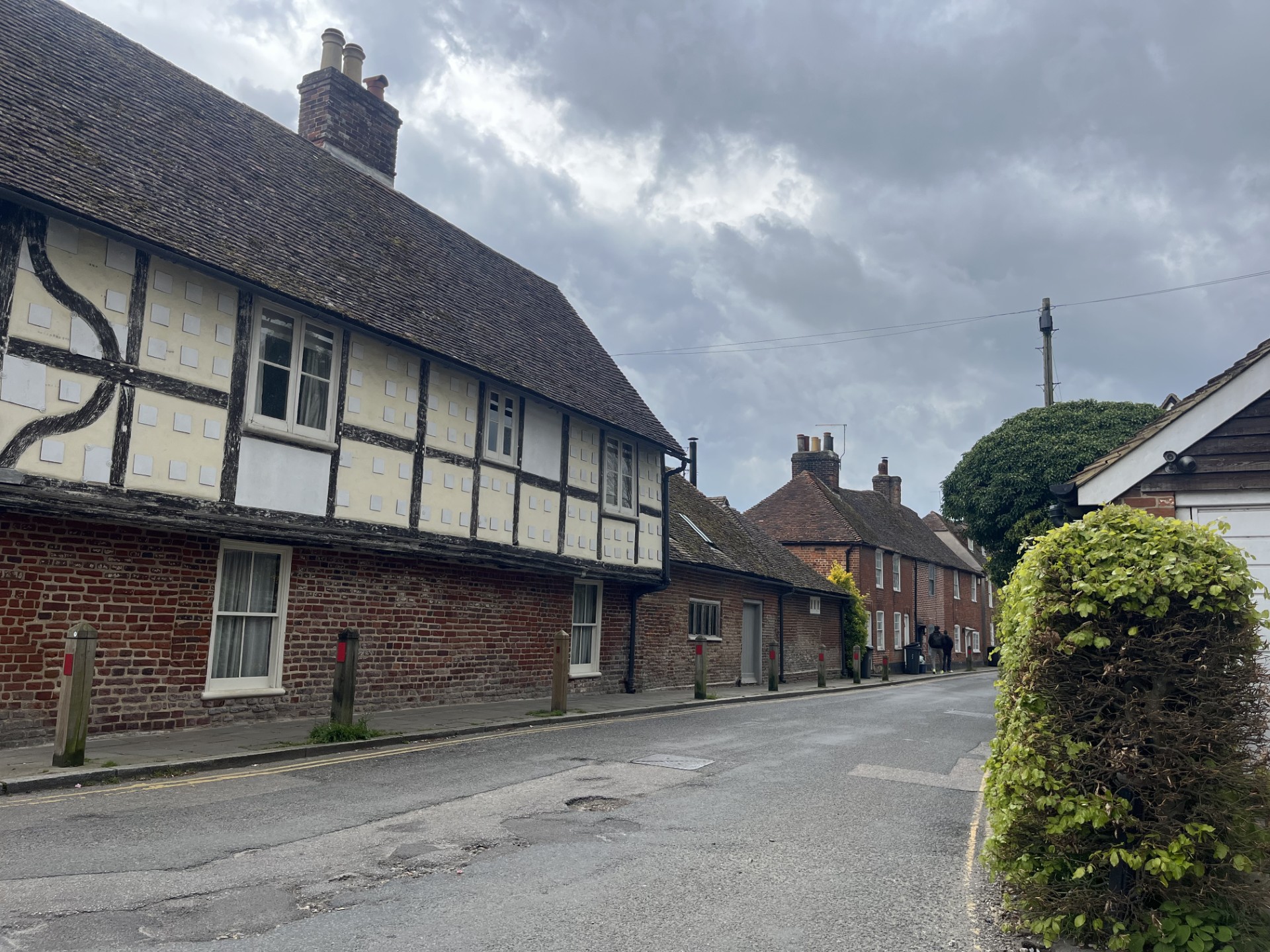Britain’s smallest town which boasts a timeless connection with history
26th April 2024
Fordwich, just two miles of Canterbury, is Britain’s smallest town and is home to just over 350 residents.
Canterbury Hub reporter Chloe Selvester took a trip to the historic town to see what it has to offer.
In a sleepy corner of Kent lies an alcove of tranquillity waiting to be discovered. The sun shines down on Fordwich, where vast swathes of green nature can’t help but catch your eye as soon as you cross the threshold bridge into the market town. It is hard not to listen to the sounds of bird songs from the trees as you enter, a world away from the bustling Canterbury city centre.
Unsurprisingly, this scenic town became a source of inspiration for children’s author Faye-Josephine Beerling, who lived here in 2008. She wrote a series of books called the 'River Tales from Old Glossop’s Bridge' which were set in Fordwich and featured a range of wild animals as characters.
Fordwich is no stranger to wild animals. Through the town and under the bridge runs the River Stour, a place that is home to beavers, ducks, crayfish and water voles.
Along the river are kayaks and canoes for hire from Canoe Wild. They offer trips down the stream which are ideal for romantic dates, family outings and school trips. A popular journey is one to Perry Grove.
Further along the river, some residents live on their boats full-time, while others use them as a weekend escape.
As soon as you cross over the bridge, you are greeted by one of the town’s two pubs. The George and Dragon was built in the 15th century. The pub is famously known as the film set of the Hand of Glory Inn in 1944’s 'A Canterbury Tale'. The film was directed by Michael Powell and Emeric Pressburger, and many of the film’s stars stayed in the pub while filming.
On the other side of town is another pub called The Fordwich Arms which sits right on the riverbank. It has earned a Michelin star rating.
My favourite aspect of the church.. it's difficult to say. The timeless sense of connection with history. The shared prayer over so very many years. The doorway into the lives and times of people about whom we know so little but can begin to imagine.
Just around the corner is the Church of St Mary the Virgin, which is located in a quiet nook of the town and holds 1400 years of history. It is thought to date back to the year 620, making it one of the oldest in England.
Breathtakingly beautiful, the church appears to lean to one side due to 15th-century flooding, but this only adds to the charm. It is home to the famous Fordwich Stone which was part of the tomb that held the bones of St Augustine. Shakespeare is also known to have performed here in 1605.
Custodian of the church, Philip Lewis, said: “Visitor numbers fluctuate through the year, but from the beginning of April through to the end of September we might average 35 people a week, of whom perhaps four will be champing, sleeping in the church, as an alternative to a bed and breakfast.
“We have many visitors from the East Kent area, but also an increasing number from all over the country as we are on several pilgrimage routes -- particularly the St Augustine's Pilgrim route.
“Then we have people from all over the world, drawn to Canterbury, and to Fordwich as the medieval port of Canterbury.
"My favourite aspect of the church -- it's difficult to say. The timeless sense of connection with history. The shared prayer over so very many years. The doorway into the lives and times of people about whom we know so little but can begin to imagine."
Personally, I couldn’t believe how ancient the Town Hall was when I first went into it, and how beautiful all the beams were.
Also along the riverbank, at the heart of Fordwich, is Britain’s smallest town hall. Built in the 15th century, the hall still holds all the original timber beams inside. It was originally a court, which is evident by the prisoner’s bar and jury panel seating. The last court case it saw was in 1855, for two men accused of poaching. Nowadays, it serves as the meeting place for the Fordwich Town Council and is also used for small weddings and ceremonies of up to 35 guests.
Clerk of the town, Sophie Gaskain, is responsible for ensuring that life runs smoothly in the town for the board of councillors. She has been a clerk to many other villages, but the sense of community in Fordwich led her to becoming the clerk there.
“It’s beautiful! It’s a gem off the main road in and out of Canterbury. There are lots of beautiful walks around and along the river as well as water-based activities.
"Personally, I couldn’t believe how ancient the Town Hall was when I first went into it, and how beautiful all the beams were.
“Fordwich, by its nature, has a long history and we want to preserve the beauty and rural nature of the town which is easily lost in the growth of Canterbury. That’s not to say that we don’t understand that change is also part of a vibrant town’s life.
"Because of that, a community group is putting together a neighbourhood plan to ensure that we can best meet the needs of our residents."
Joyce Armstrong was a member of the Fordwich Town Council last year and she thinks the town could be improved by Kent County Council.
She said: "The town would be improved if Kent County Council did the sensible thing and dealt with the huge volume of traffic that blights our ability to walk the main streets and damages those ancient buildings.
"But the best things about Fordwich are the community events such as the open gardens, world cinema club and the garden society."
Canterbury City Councillor Connie Nolan often recommends the town as a must-see for tourists who are visiting Kent.
“I often recommend Fordwich because it is a little gem of a place to visit. It balances its medieval history with the more modern restaurant Fordwich Arms,” she said.
"You can watch the passing boats on the Stour or go on a walk through the bluebell wood, it’s a lovely spot."
Throughout the town, buildings are decorated with blue plaques from Canterbury City Council which celebrate famous people who once lived in the town.
One is for Alfred Palmer who lived in Fordwich for 40 years from 1910 until 1951. He was an oil and watercolour artist who founded the East Kent Arts Society.
Another celebrates John and Gregory Blaxland, pioneers and explorers of Australia. They lived in Britain’s smallest town from 1769 until 1806 before emigrating down under.
Whether it be the historic church, canoe hire and even Britain's smallest town hall, it is clear that Fordwich packs a punch despite its title.
As summer approaches and the days get longer, will you take a wonder into Britain’s smallest town?
